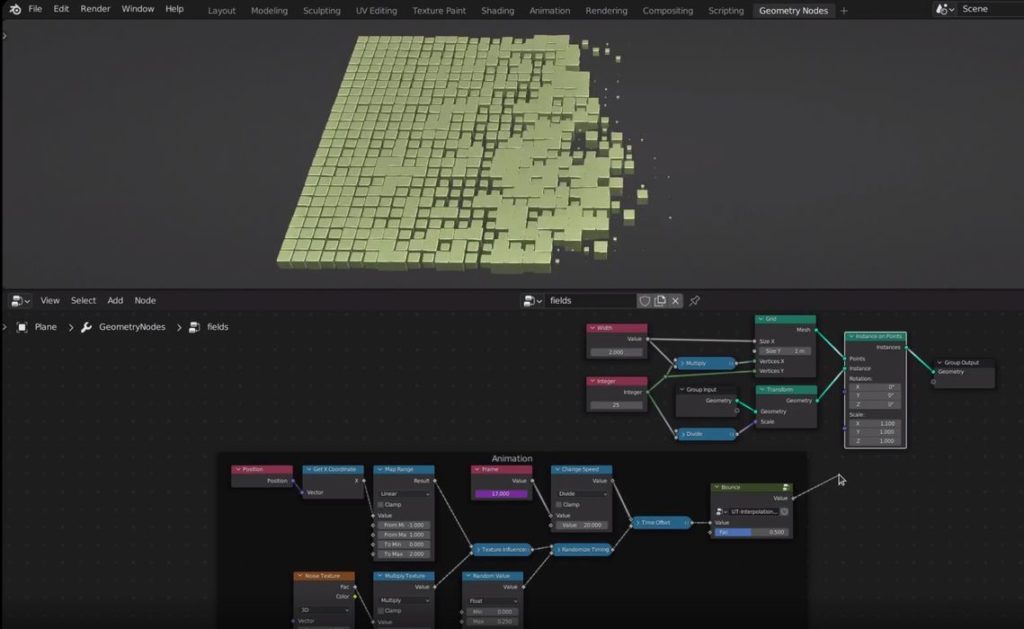
Blender has been upgraded to 3.0 by the Blender Foundation.
The very popular open source 3D creation tool has received one of its biggest upgrades ever. The tool includes a massive amount of 3D functionality, and its free open source license has attracted many thousands of users worldwide.
Blender was not specifically designed for use with 3D printing, where solid 3D models are required, as it is more of a general 3D creation tool. In fact, early version of Blender required extra bits to ensure 3D models produced were printable. Since then things have improved, and to this day there are plenty of people comfy using Blender to design 3D models for printing.
I’m not one of them.
I’ve always found Blender to be quite confusing to learn, and while the project has made great strides in simplifying its interface, I’ve since moved on to other 3D CAD systems that are designed from ground up for making the kind of parts I need.
Then Blender 3.0 appeared this month, and I wondered if the project has included new functionality that would be of interest to 3D printer operators. I took a look through 3.0’s new feature list and watched a couple of 3.0 upgrade videos to find out more.
There are a massive number of changes and improvements, and it’s hard to catch them all. The Blender developers have been incredibly busy building a mountain of new capabilities into 3.0. Here’s a short list of what seems to be highlighted by the Blender Foundation as key new features:
- The GPU processing engine has been updated by the Cycles X project to render images 2-8x faster
- Texturing detail preservation is improved by using OpenImageDenoise 1.4
- Shadow artifacts on renders have been reduced
- New shadow generator
- Subsurface light scattering is improved
- An Asset Browser allows easy creation of scenes using pre-made parts
- Visual interface has improved contrast and redesigned components
- The Video Sequencer is improved
- VR controller technology
- Pose library
- 2D Animation improvements
- Improved load and save file times
- USD file format import
- UV map improvements
You can also see these improvements in this short six minute upgrade video:
As you can see, virtually all of these improvements are related to the production of 3D visual assets, particularly animation sequences. None of the upgrades would have significant benefit to someone building 3D objects, with one possible exception.

There is a feature called “Geometry Nodes”. This is a procedural feature where a sequence of transformational steps can be codified in a kind of flowchart. Data can be used to drive these transformations, and the upgrade includes quite a variety of functions that can be applied, including text functions.
It therefore seems possible one could devise a sophisticated procedure to generate an unusual and complex 3D model, much like is done with Rhino/Grasshopper. I’m not sure if it is easy to use as Grasshopper, but it could be an alternative.
While Geometry Nodes was designed for generating visual assets, it appears it could be useful in creating very complex 3D models.
Is this sufficient to draw myself and other 3D printer operators back to Blender for 3D model creation? I’m not so sure, as it takes a significant time investment to gain competency in each new 3D tool, and unless there are very compelling new features, then it’s often not worth the effort.
Nevertheless, for those already using Blender, 3.0 will be a good upgrade. It might also be a good option for those looking for programmatic 3D model generation on a budget.
Via Blender

